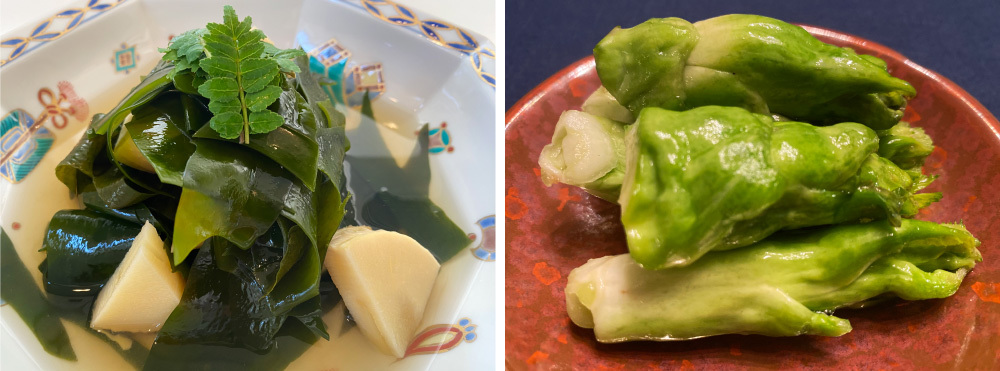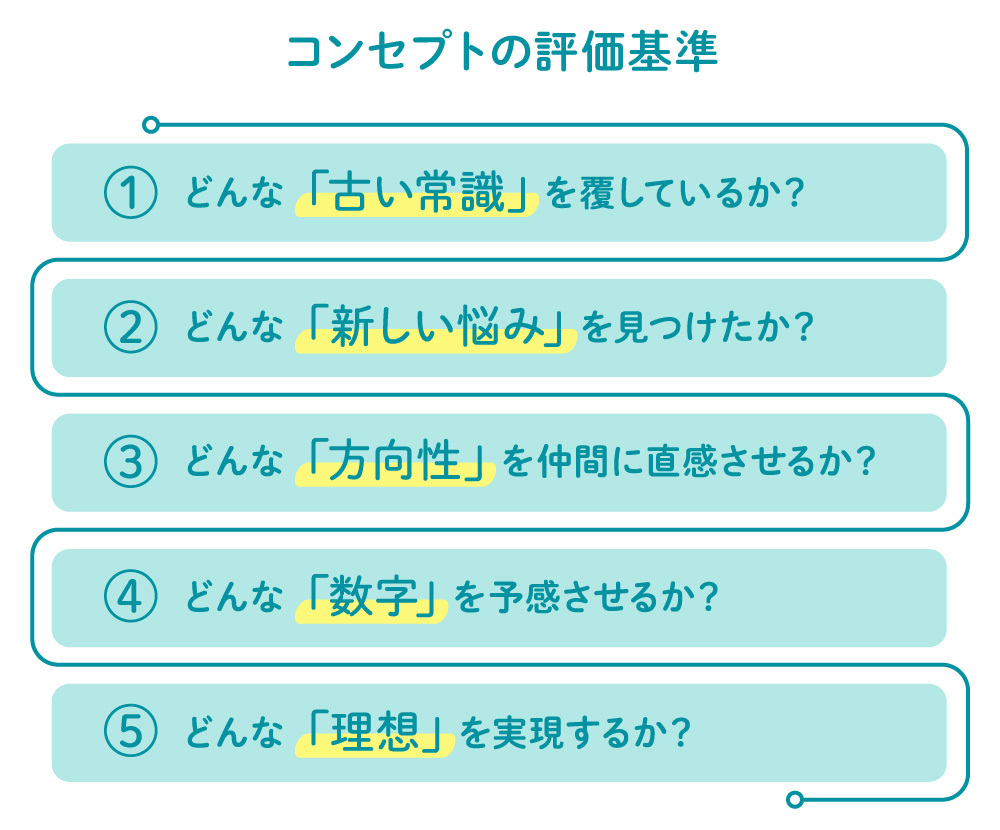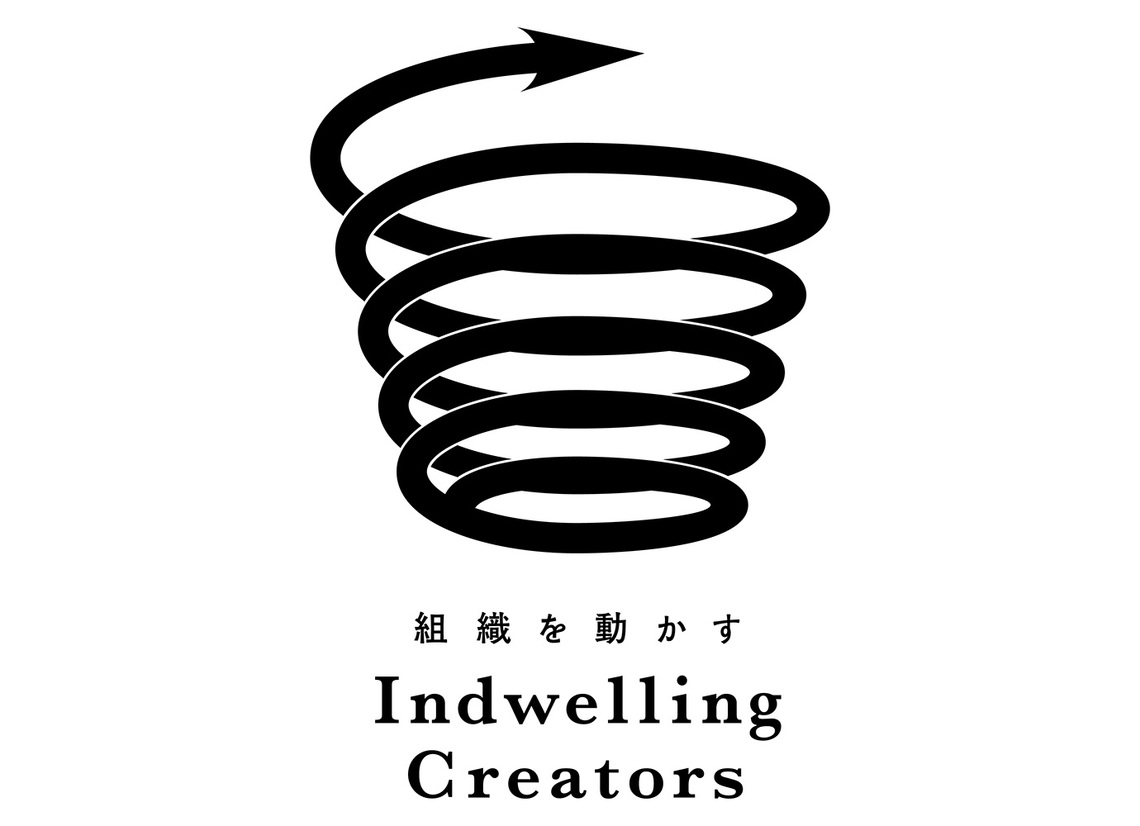In my previous column, I introduced "five perspectives" for practicing "concept quality evaluation."
Mastering these allows you not only to discern the quality of phrases presented as "concepts" in proposals or plans, but also to find the "unique perspective (i.e., the substantive concept)" that brings competitive advantage within interviews and organizational introductions from various others (other companies).
I sometimes go on what I call "concept walks" to search for such concepts. This time, I'd like to share how I conduct these "concept walks" and what kinds of discoveries I make during them.
Taking a "Stroll" Through the Welfare Industry
For example, Yamashita, founded in 1963 with linen supply to medical institutions as its core business, launched its nursing care supplies and welfare equipment rental business in the 1970s—a time when attention to elderly issues was still scarce—under its first president. The second president, who took the baton, recognized as early as the 1980s (before becoming president) that
"Rental services for welfare equipment are essential for supporting independence and upholding human dignity in an aging society. Just as people easily wear glasses when their vision declines, welfare equipment rental will become like glasses for the elderly."
(From 'Inheriting the Welfare Equipment Rental and Sales Business at 25: The Third Generation's Challenge Toward a "Self-Directed Organization" - relay Magazine' )
"Making Assistive Devices Like Glasses"
Now, if we consider this as a "concept," how might we evaluate it?
First, it overturns the "common sense" that expensive items like nursing beds and wheelchairs are only for the wealthy (=①). Simultaneously, it highlights a new customer profile: "elderly people who want to live independently without relying on facilities as they age" (=②). Furthermore, this initiative seems to realize the ideal of "a society where human dignity is protected" (=⑤).
What's even more intriguing is what "direction" the metaphor "making assistive devices as accessible as eyeglasses" intuitively suggests (③). This is pure speculation, but perhaps the original intent emphasized "as easily accessible as eyeglasses." However, there must be a reason they didn't use an expression like "making assistive devices as accessible as thermometers" (which are also easy-to-use medical devices). What do you think?
Personally, I sense not only the "convenience" aspect of glasses in the phrase "welfare equipment like eyeglasses," but also a nuance of "fashionability."
In fact, when I rented care products for my mother (from a different company), I felt the overall selection was "dull." For example, even though I searched for a wheelchair that would make her feel more inclined to go out, the options available were simply uninspiring and plain.
Glasses, however, allow you to enjoy choosing the frame, lens color, and shape. This joy somehow makes you forget the gloominess of wearing an assistive device on the most prominent part of your face. The care and welfare industry seems to have much to learn from this. Furthermore, we can estimate the scale of the new market that could expand from the perspective of "fashionable care products" (④).
In other words, the metaphor "turn welfare equipment into eyeglasses" is, in essence, a "strategy" that drives organizational growth.
Taking a Stroll Through the Eyewear Industry
While some liken welfare equipment to eyeglasses, others liken eyeglasses to something else.
Take Zoff, the eyewear manufacturer and retailer with blue-logo stores nationwide. They aim to create "a world where people change their glasses and sunglasses as easily as changing T-shirts." If I were to freely conceptualize this further...
"Elevate eyewear to the status of T-shirts"
Please really "savour" this phrase. To be more specific, I want you to think about what kind of "direction" you intuitively sense when you hear these words. (=③)
The first thing that comes to mind is probably the "convenience" aspect of T-shirts. Younger folks might not know this, but glasses used to be luxury items costing tens of thousands of yen just for the frames. In contrast, Zoff was one company that disrupted pricing through the so-called SPA model (manufacturer and retailer integrated), selling their own brand products directly in their own specialty stores. Visiting their stores, you see trendy, staple items sold at low prices, brilliantly realizing the direction of "making glasses something anyone can buy easily, anytime."
On the other hand, the phrase "glasses as T-shirts" seems to carry the nuance of fashionability – the idea of "changing them up depending on your mood."
I absolutely love glasses. While window shopping at a specialty store recently, I spotted a stunning French-made frame crafted from cowhide and goatskin leather, priced at several hundred thousand yen. I asked the salesperson, "But... you can't wear these during sweaty seasons, right?" They replied, "Quite right. Customers who purchase these typically own five or six pairs to switch between daily."
Indeed, some people enjoy switching glasses based on mood or situation. But that's still a niche. If we could create a situation where more people enjoy frames through shape, color, or even lens tints, the eyewear market would surely grow. "Eyeglasses as T-shirts" clearly points in that direction.
Or perhaps aspects like the "functionality" of T-shirts or the sense of "unity" (from wearing matching outfits) could offer hints.
The crucial point here is that whether it's "Welfare equipment, like glasses" or "Glasses, like T-shirts," when each business owner chose that phrase as a metaphor, they might not have meticulously designed its implications down to the last detail.
It's precisely because these are intuitive choices—like "glasses over thermometers" or "T-shirts over sneakers or bags"—that they create room for nuance. And it is within this nuance that the power lies to create "a new reality that overturns conventional wisdom."
By examining various interviews and organizational introductions through these "Five Evaluation Criteria," you can often discover the very "strategy" driving the organization's growth. The key trick here is to look for some kind of "metaphor." (Because a future that doesn't yet exist can only be expressed through a metaphor. For details, please refer back to point ③ here).
Please feel free to give it a try.
When you think of Katsuura in Chiba Prefecture, you think of the morning market. To soothe a heavy head after indulging too much the night before in the local specialty "namero" and the local sake "Koshikoi," the best remedy is a leisurely stroll here.
What I found that day was local wakame seaweed and bamboo shoots. The wakame was so fresh it seemed like it had just come from the sea, and hearing that bamboo shoots were scarce this year in the area—a poor harvest year compounded by last summer's lack of rain—made my hand reach out involuntarily. Above all, bringing these home as souvenirs meant tonight's accompaniment to sake was decided: the springtime classic "simmered young bamboo shoots." It looked like I'd be enjoying delicious sake once again.

Photo left: Alongside sansho peppercorn buds picked from the garden / Right: "Komochi takana" (pickled mustard greens with seeds) found at the roadside station also served as a side dish.
Please, enjoy!










